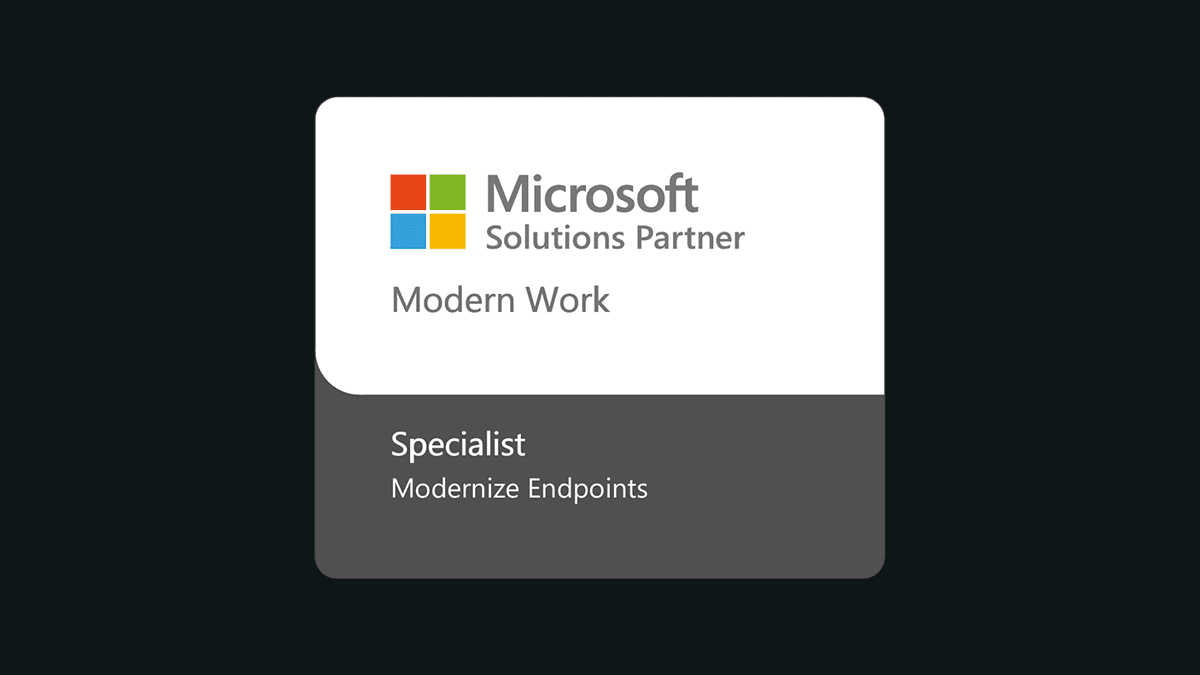Microsoft support for Windows 10 ends in October 2025. Find out how this impacts your business. Explore key steps and expert advice to ensure a smooth and secure transition.
Microsoft has announced Windows 10 will reach its end of support on 14 October 2025.
If you haven’t started migration plans, we strongly advise doing so now. Without security updates, features, and technical assistance, your organisation will be at serious risk from cyber threats and compliance breaches.
Now, while many organisations have upgraded or are in the process, we’re also aware that a lot are still behind the curve or facing unexpected challenges.
If you’re in that position, we’re here to help ensure a smooth, secure transition.
In this article, we cover the implications, available options, and best practices for migration. Plus, how our Microsoft modern workplace experts are ready to support you.
What’s being decommissioned and what does it mean?
From 14 October 2025, Microsoft will stop providing:
- Security updates: Without regular patches, systems will become more vulnerable to cyber threats.
- Feature updates: No more enhancements or new functionalities will be released.
- Technical support: Microsoft will no longer offer help for troubleshooting or issues.
Now, while Windows 10 will still function beyond this date, running unsupported software poses significant risks, including security vulnerabilities and operational challenges as compatibility with new hardware and software diminishes.
Implications for organisations
If your organisation continues using Windows 10 beyond the support deadline, you face several challenges:
- Security vulnerabilities: Without critical security patches, your systems will be exposed to new vulnerabilities, increasing the risk of data breaches, ransomware, and malware attacks.
- Compliance issues: Many industries are subject to strict regulations. Plus, GDPR requires the use of supported systems to protect data. Failure to upgrade could lead to compliance violations and fines.
- Software and hardware compatibility: Over time, more software vendors will stop supporting Windows 10, and new hardware may not be compatible, leading to operational inefficiencies and downtime.
- Commercial concerns: Without feature updates, organisations will fall behind competitors that are benefiting from more modern tools and solutions available on newer operating systems.
What are the options?
To mitigate these risks, it’s essential to explore the following options before the 2025 deadline:
Upgrade to Windows 11
Windows 11 offers enhanced security, improved performance, and new features tailored to hybrid work environments.
Upgrading ensures that your organisation remains protected with the latest security features and allows you to take advantage of tools like Microsoft Teams integration.
It’s worth noting that some organisations have run into issues around Windows 11’s stricter hardware requirements, so reviewing device compatibility may be needed .
Explore Windows 365
Windows 365 provides a cloud-based PC experience that can be accessed from any device. This option is particularly beneficial for organisations with remote or hybrid workforces, as it reduces the need to manage hardware while ensuring that systems are always up to date and secure.
Extended Security Updates (ESUs)
For organisations unable to transition before October 2025, Extended Security Updates (ESUs) offer a temporary solution by providing critical security patches beyond the end-of-support date.
However, ESUs are an expensive route to take. And an unnecessary expense that can be prevented by careful migration plans.
Best practice advice from Kocho
As a Microsoft-first managed security operations provider, Kocho advises organisations to begin preparing now, ensuring a smooth and secure migration ahead of the October 2025 deadline.
Here’s what we suggest:
1. Audit your devices and digital estate
Begin by conducting a full assessment of all devices still running Windows 10 in your organisation. You should also be assessing device capabilities too, as it’s possible some within your estate won’t be able to support Windows 11.
This will help you prioritise the systems that need the most urgent attention. For instance, those handling sensitive data or critical business operations; or maybe even identifying hardware that needs to be updated or replaced.
2. Implement a phased migration to Windows 11
Although it’s important to move away from unsupported systems, migrating everything all at once can be impractical and comes with risk. Consider adopting a phased approach.
Focus first on systems with the highest security and compliance risks, and gradually roll out upgrades across the organisation. This is where tools like Microsoft Intune and Autopilot can be your greatest allies. They can help streamline and significantly speed up the process by automating deployment and ensuring consistency.
3. Ensure all Identity and access management (IAM) processes are secure
Securing access to your systems is crucial, especially when moving away from an unsupported OS. Use Microsoft Entra ID to enforce multi-factor authentication (MFA) and apply conditional access policies.
These measures will help prevent unauthorised access and strengthen your security posture as you transition.
4. Enable end-to-end device management with Intune
By leveraging Microsoft Intune, you can ensure devices (desktop and mobile), applications, and security policies are managed centrally, helping maintain compliance and operational efficiency. Intune also enables remote work capabilities, offering flexibility while keeping systems secure.
It also presents an opportunity to lean into the power of Microsoft Intune Suite. This offers enhanced capabilities like endpoint analytics, advanced security monitoring, and compliance management tools which can help strengthen your organisation’s overall security posture post-migration.
5. Enhance security with a Zero Trust model
A Zero Trust security approach assumes that every access request, whether internal or external, must be verified before granting access. If this is new to your organisation, then this represents a good time to implement.
Using solutions like Microsoft Defender for Endpoint (which has Microsoft’s Zero Trust principles laced into its fabric) can help protect your infrastructure as you migrate.
6. Continuous monitoring with Microsoft Sentinel
Once your migration is complete, it’s essential to monitor your new systems for potential threats. Tools like Microsoft Sentinel provide real-time visibility and help identify and respond to security incidents quickly.
This ongoing monitoring is key to maintaining a robust security posture post-migration.
In summary
Like it or not, the end of Windows 10 support is looming on the horizon, and everyone needs to make provisions. If you haven’t yet done so, then there’s no time like the present.
Getting your systems sorted ahead of the deadline ensures you avoid unnecessary costs, security vulnerabilities, compliance issues, and operational inefficiencies.
Yes, we know it can seem like another daunting project in an already hectic IT schedule.
So…
Talk to us!
At Kocho, we’re here to help you navigate the right path. As a leading Microsoft partner, we have the expertise, experience, and crucially, the resources to help you plan and execute a smooth transition.
Not to mention a range of services including managed security operations, Microsoft solution management and optimisation, and managed device services.
Keeping your infrastructure secure, compliant, cost-efficient, and future proof.
Key takeaways
Windows 10 support ends on 14 October 2025, leaving organisations one year to prepare.
Without security updates, your systems will become more vulnerable to cyber threats.
Upgrading to Windows 11 or adopting Windows 365 are recommended options for modernisation.
Extended Security Updates (ESUs) provide temporary protection but are a short-term solution.
It’s important to ensure secure IAM during migration. Use Microsoft Entra ID to deploy MFA and Conditional Access.
Microsoft Intune and Intune Suite offer advanced tools for device management, security, and compliance.
With large migrations causing potential vulnerabilities, adopting a Zero Trust security model helps maintain a strong security posture.

Got a question? Need more information?
Our expert team can:
- Answer any questions you have
- Identify the best solutions
Next steps
Like this? Then don’t forget to share it with your followers.

Great emails start here
Sign up for free resources and exclusive invites
Subscribe to the Kocho mailing list if you want:
- Demos of the latest Microsoft tech
- Invites to exclusive events and webinars
- Resources that make your job easier
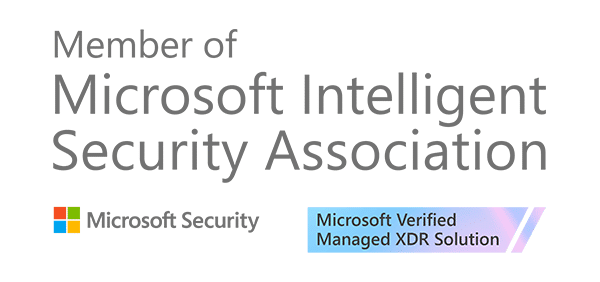
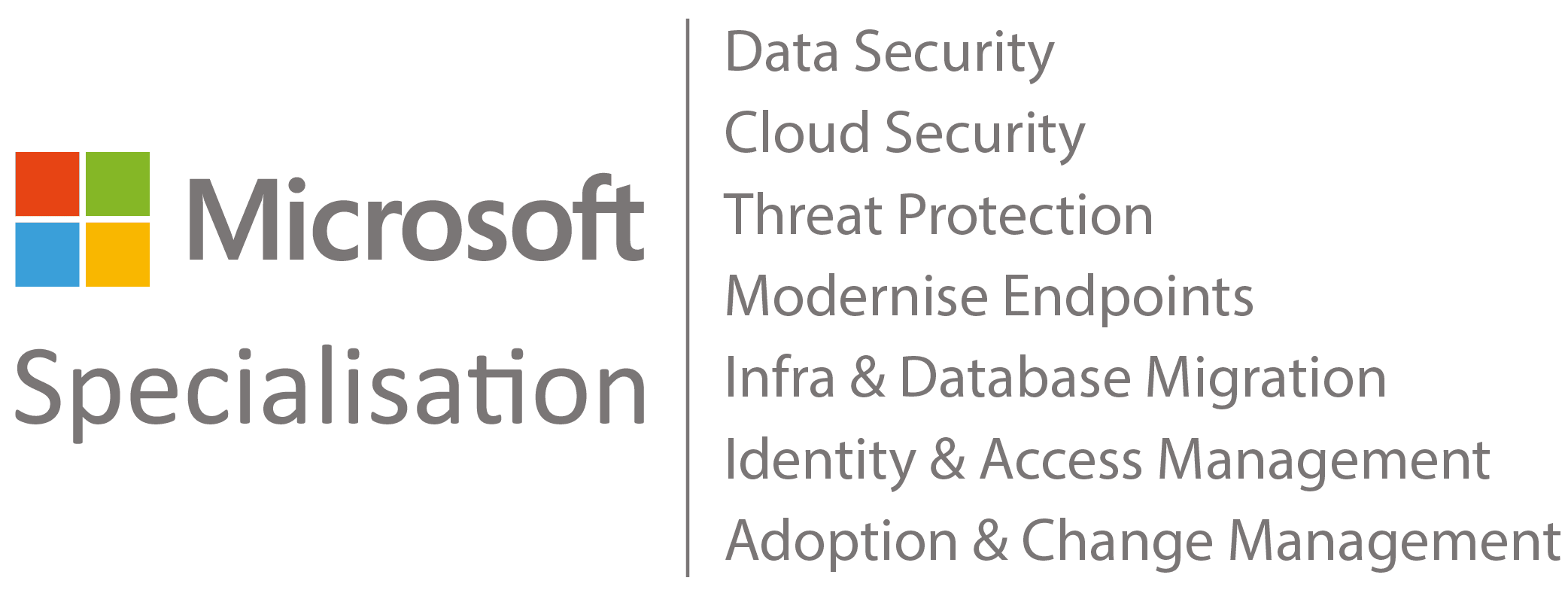
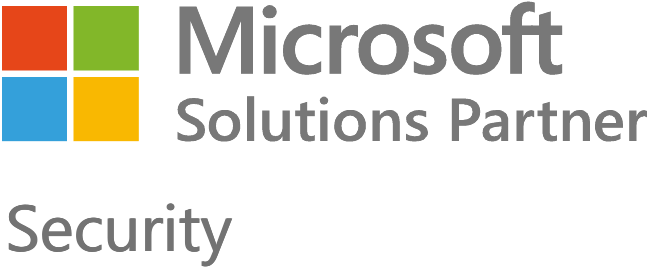
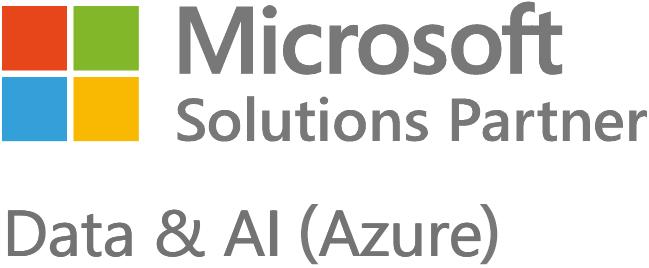
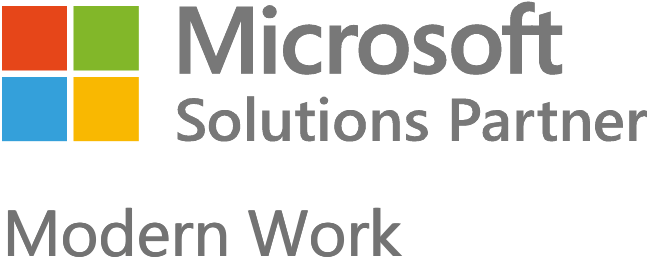
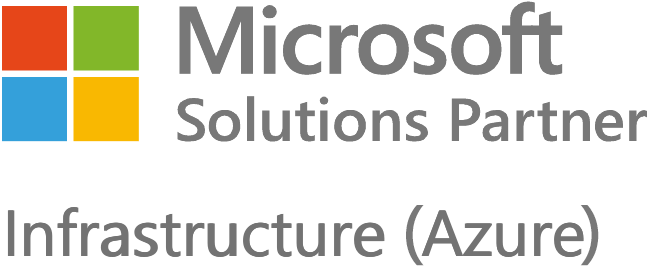
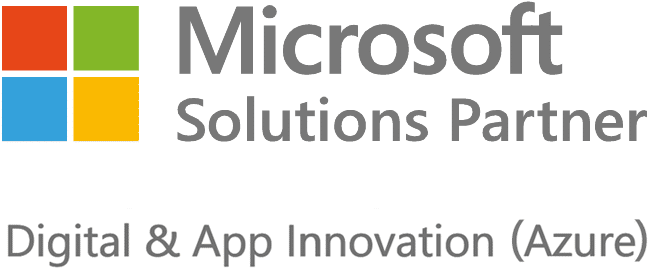

















Got a question? Need more information?
Our expert team is here to help.







